Poverty is about more than just how much someone earns or what they own. Join us through this blog series to learn more about what poverty is and how you can help.
05 Aug, 2021
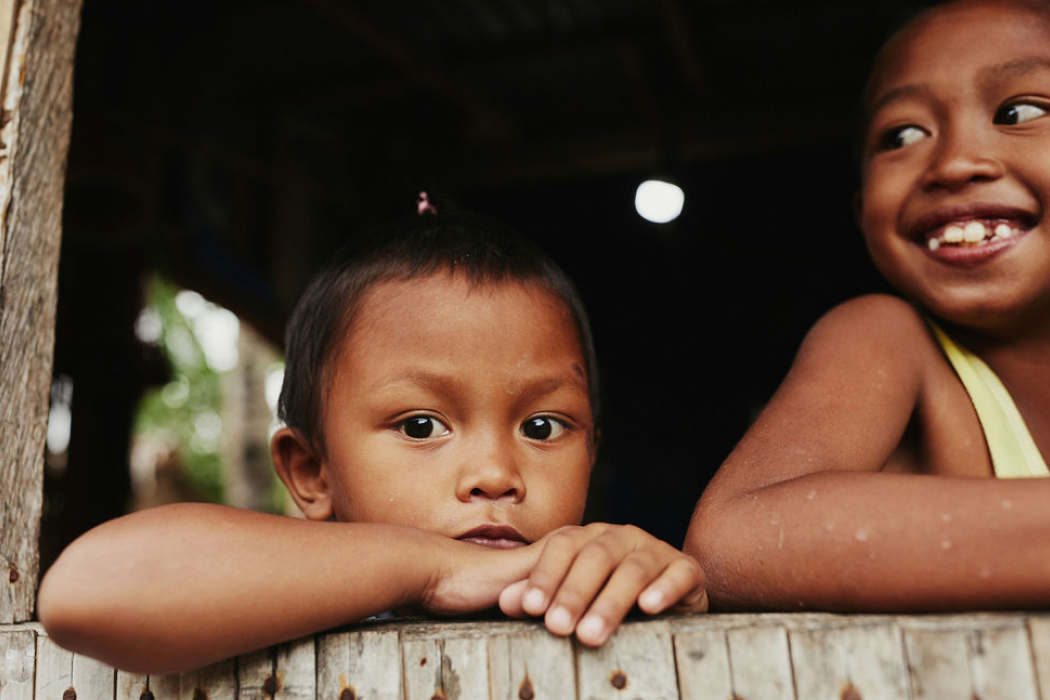
An Overview of Poverty
Poverty has a devastating impact on children all around the world. It takes away their chance to learn and play, and in many cases leads to exploitation, child labour, violence or even death. Children are often the most vulnerable members of the community and poverty only intensifies that position. Poverty leaves children thinking that they don’t matter.
But what is poverty?
Economically, poverty falls into a range of different categories, but the World Bank defines the extreme poverty rate as living on less than US$1.90 a day. This means that around 736 million people live in extreme poverty—and almost half of them are children.1
Yet a single definition that can summarise the impact on all those affected is impossible. Measuring poverty is complex and about more than just income or material wealth. Children living in poverty often suffer from poor health, violence, malnutrition, water scarcity, exploitation and a lack of access to education, setting the stage for lifelong destructive patterns. These are also accompanied by feelings of guilt, shame, powerlessness, inferiority and despair. To those living in it every day, poverty feels like something that cannot change.
To those living in it every day, poverty feels like something that cannot change.
Worldwide, one in five children lives in extreme poverty, and children born into poverty are almost twice as likely to die before the age of five than those from wealthier families.2 Those in developing countries are disproportionately impacted. Even as children reach adulthood, the effects of poverty often follow them into the next generation and the cycle continues.
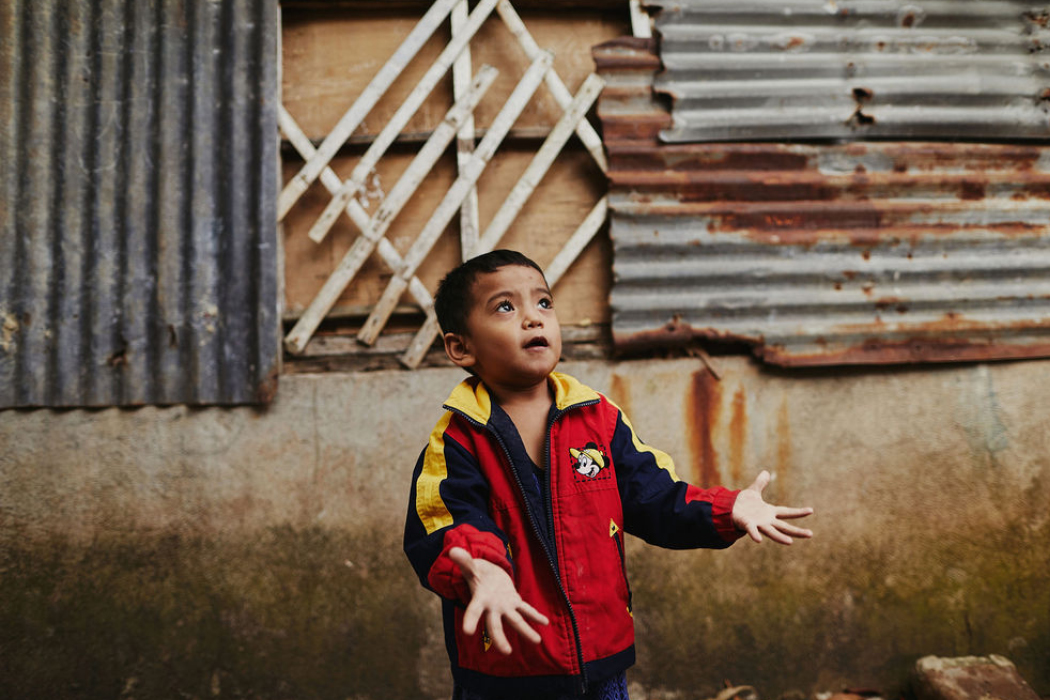
What Causes Poverty?
Children suffer the greatest impact of poverty but are the least able to change their circumstances. These circumstances can be brought about by their immediate environment, but also because of historical events and current social structures. Economic, religious and political systems play a central role in contributing to poverty, all of which cannot be changed quickly or easily.
It's a common misconception that people living in poverty could help themselves if they worked harder, had less children or made better life choices. In reality, they have little control over their circumstances.3 Often they work incredibly hard, but instead of escaping poverty they simply become the working poor.
People become trapped in poverty through a range of circumstances that they are largely unable to change. When these are combined with limited access to education, health services, clean water and frequent natural disasters, poverty inevitably continues from one generation to the next. All of these situations impact one another, meaning simply improving one (such as economic prosperity) is not a long-term solution. Instead, a more holistic response is necessary.
Humans are more than just what they own: They are social, emotional, spiritual and physical. Income alone can't tell the whole story.
Poverty can look different from country to country and child to child, but its impact remains devastating. Humans are more than just what they own: They are social, emotional, spiritual and physical. Income alone can't tell the whole story.
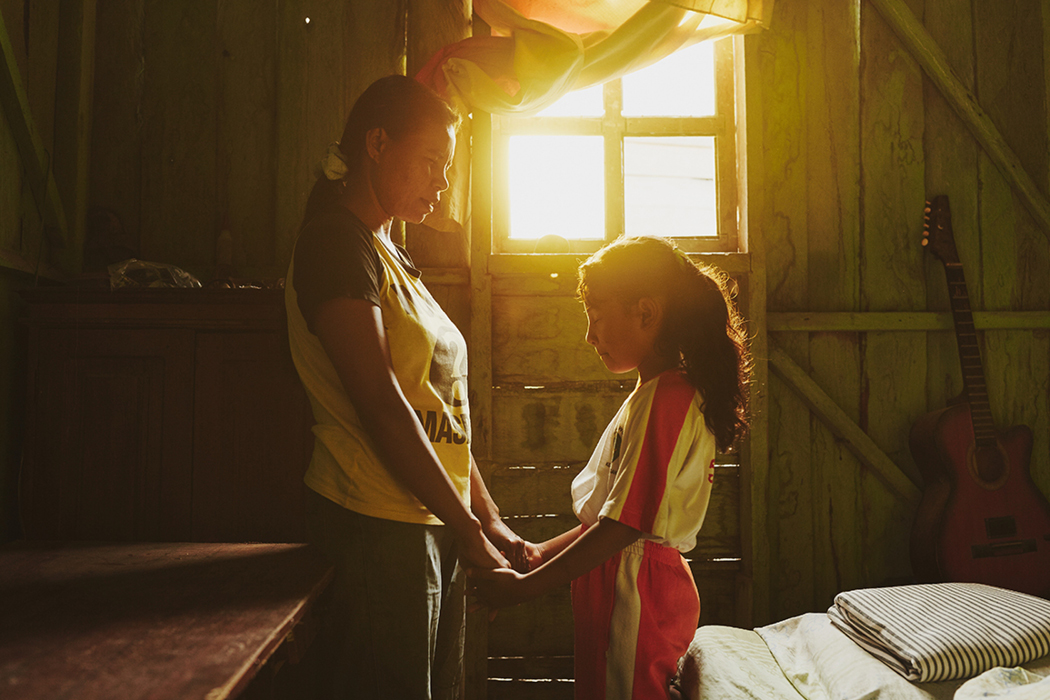
How Does the Bible Define Poverty?
God is a god of relationships. He is inherently relational, existing as three-in-one: Father, Son and Spirit. As humans, we are made in God’s image and so we too are relational beings. Yet because of both the Fall and our own sin, our relationships with each other, with creation and with God are broken.
Poverty is also relational. It is the result of broken relationships with creation, with others, with the self and with God.4 These broken relationships lead to discriminatory economic, social and political systems; to a lack of care for the land or the environment; to materialism and false gods; to a loss of self-worth and purpose; and to exploiting, marginalising, or abusing others.5 Poverty is the result of a world marred by sin.
The Bible talks directly about this complex, multi-dimensional view. We see God call on His people to protect the economically poor (Leviticus 25:25, Deuteronomy 15:7, 24:14-15, Matthew 19:21, Luke 21:2, Luke 21:2-4) but also those who are vulnerable, marginalised (Exodus 22:22, Deuteronomy 24:17, James 1:27) or disconnected from community (Proverbs 19:4). Poverty is also a spiritual issue (Psalm 40:17, Matthew 5:3), and even Jesus himself is described as becoming poor to give himself up for our sake (2 Corinthians 8:9).
Religion that God our Father accepts as pure and faultless is this: to look after orphans and widows in their distress and to keep oneself from being polluted by the world. —James 1:27 (NIV)
Through His Word, God shows us the complex reality of poverty in a broken world.
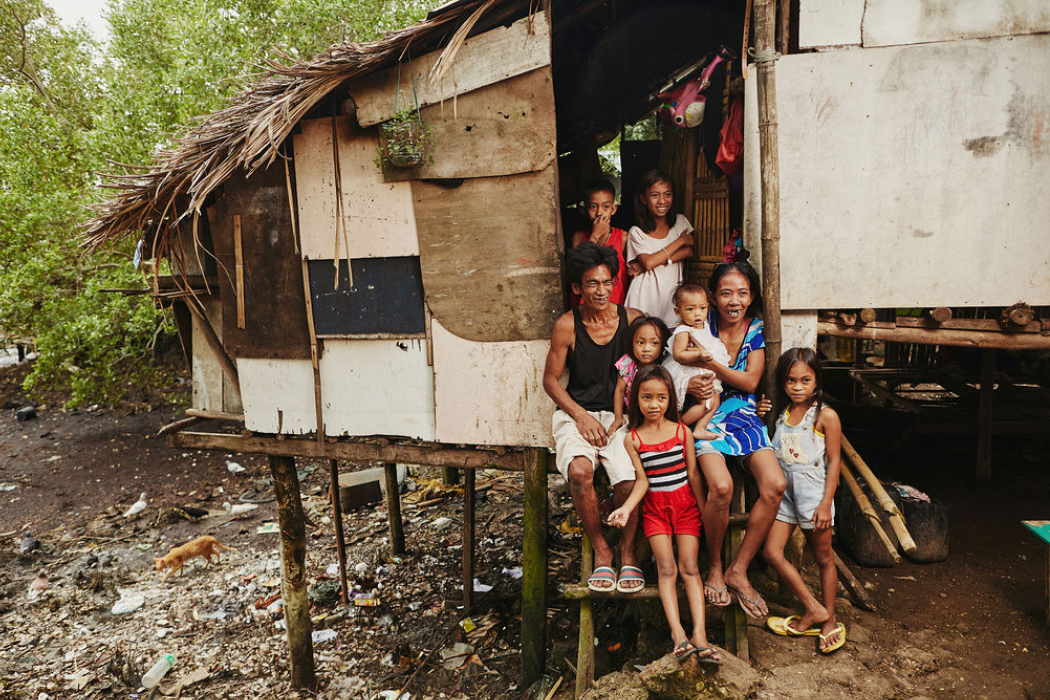
What Does Poverty Look Like?
Poverty can have a diverse impact on children depending on their country, community, family and individual circumstances.
In some cases, it will look like a lack of possessions such as a home, food, clean water or transportation. In others, it might look completely different: physical weakness because of poor health or inadequate nutrition, lack of literacy skills due to poor education, isolation due to location or a lack of services, powerlessness and the inability to break out of the cycle because of social or political structures, or even spiritual oppression through fear of evil spirits.
Many of these create a flow-on effect. A child with physical weakness because of poor health or nutrition will have decreased education opportunities. Living in an isolated area, either due to work opportunities or cost, means a family may miss out on public services. Fear of the supernatural may come at the cost of any hope in changing circumstances or paying witch doctors for protective talismans. These different aspects are linked together, creating a complicated web that cannot be solved purely by economic means.
As a result, there's no one picture that can adequately describe all situations. Poverty is personal and we see that in the life of each child, just like these real stories:
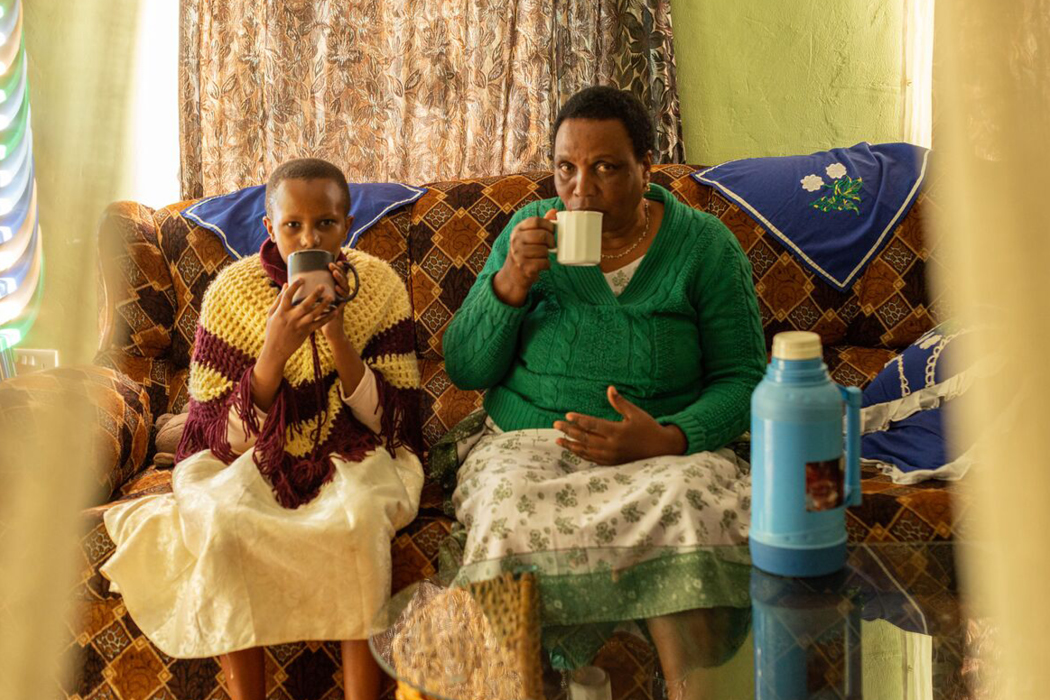 Esther, a 12-year-old from Tanzania, worried that after her father's death her family wouldn't be able to afford her school fees.
Esther, a 12-year-old from Tanzania, worried that after her father's death her family wouldn't be able to afford her school fees.
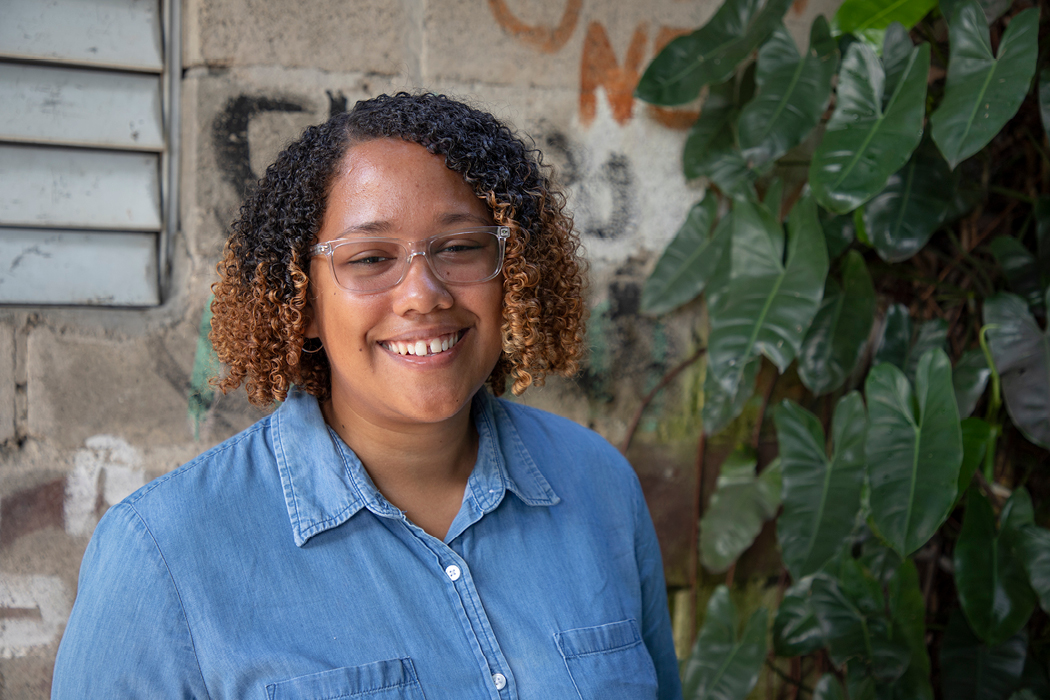 Eight-year-old Katerine in the Dominican Republic was unwanted by her abusive mother and suffered psychological trauma that impacted all areas of her life, including her emotional wellbeing and basic needs.
Eight-year-old Katerine in the Dominican Republic was unwanted by her abusive mother and suffered psychological trauma that impacted all areas of her life, including her emotional wellbeing and basic needs.
 Six-year-old Ami in Guatemala had swollen feet because her family couldn't afford shoes that fit her.
Six-year-old Ami in Guatemala had swollen feet because her family couldn't afford shoes that fit her.
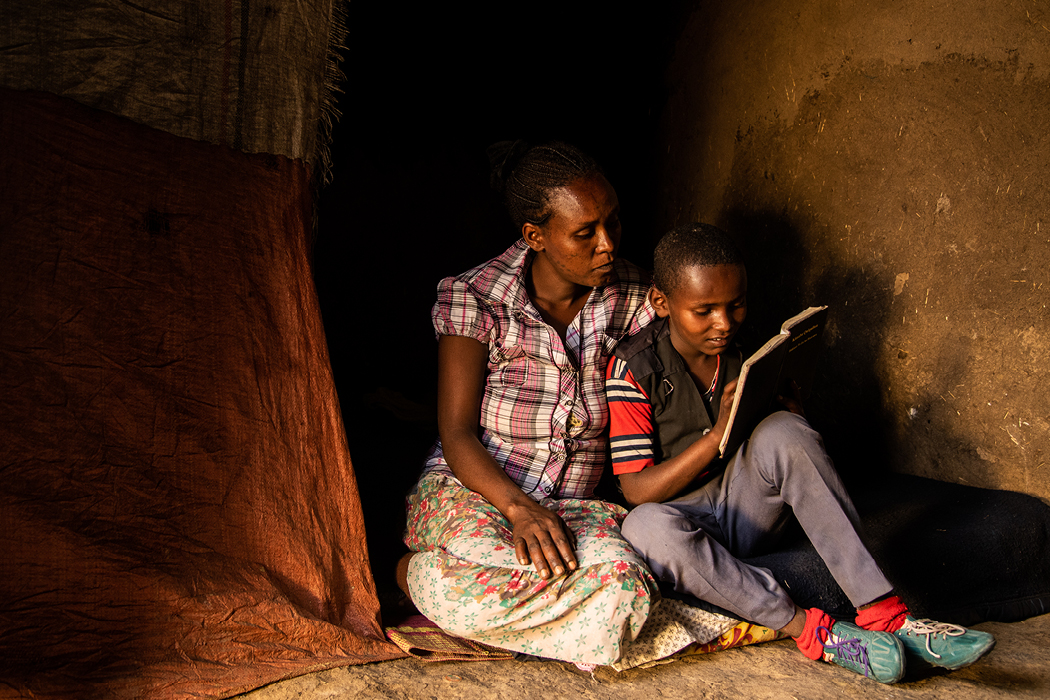 In Ethiopia, 7-year-old Yohanis spent his days begging on the streets to survive since his mother couldn't provide for him or his siblings.
In Ethiopia, 7-year-old Yohanis spent his days begging on the streets to survive since his mother couldn't provide for him or his siblings.
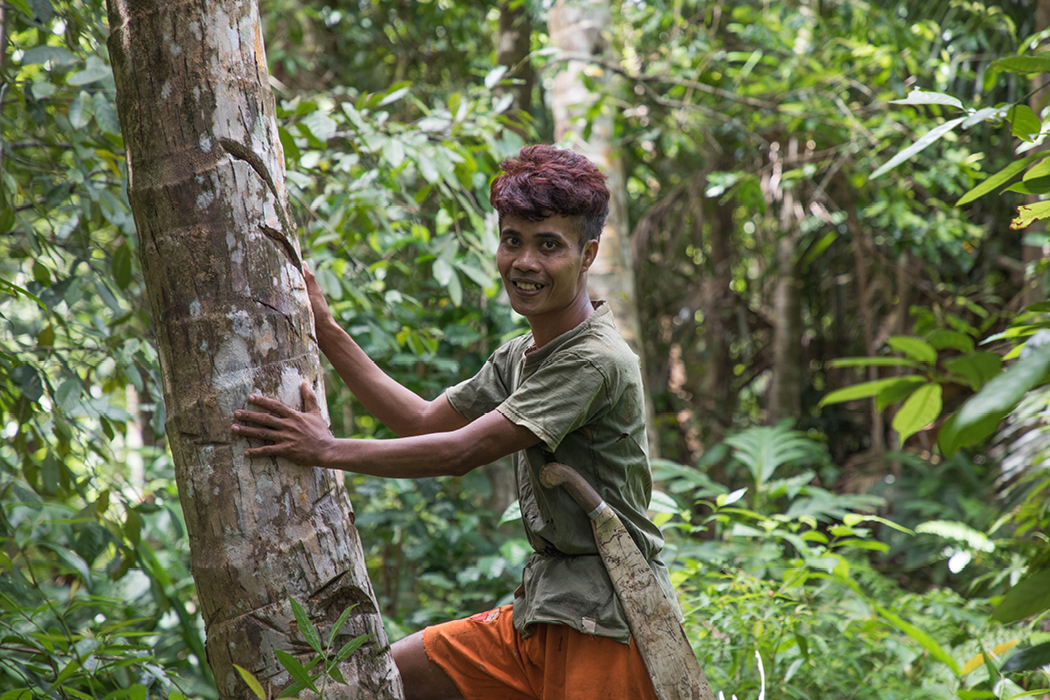 For Ronal in Indonesia, it means taking risky work climbing coconut trees, without any safety equipment, to support his brother.
For Ronal in Indonesia, it means taking risky work climbing coconut trees, without any safety equipment, to support his brother.
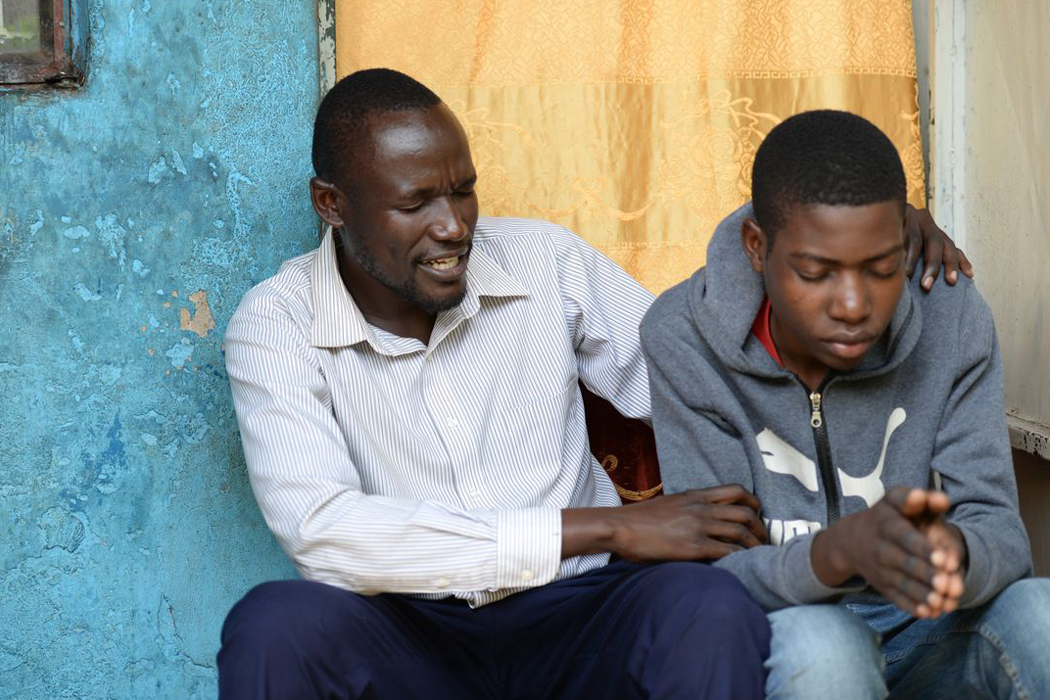 The life of 18-year-old Amuza in Uganda was at risk as a child sacrifice to appease the spirits. He became trapped in their beliefs, believing only the witchdoctors—at great expense—could cure an illness he later contracted.
The life of 18-year-old Amuza in Uganda was at risk as a child sacrifice to appease the spirits. He became trapped in their beliefs, believing only the witchdoctors—at great expense—could cure an illness he later contracted.
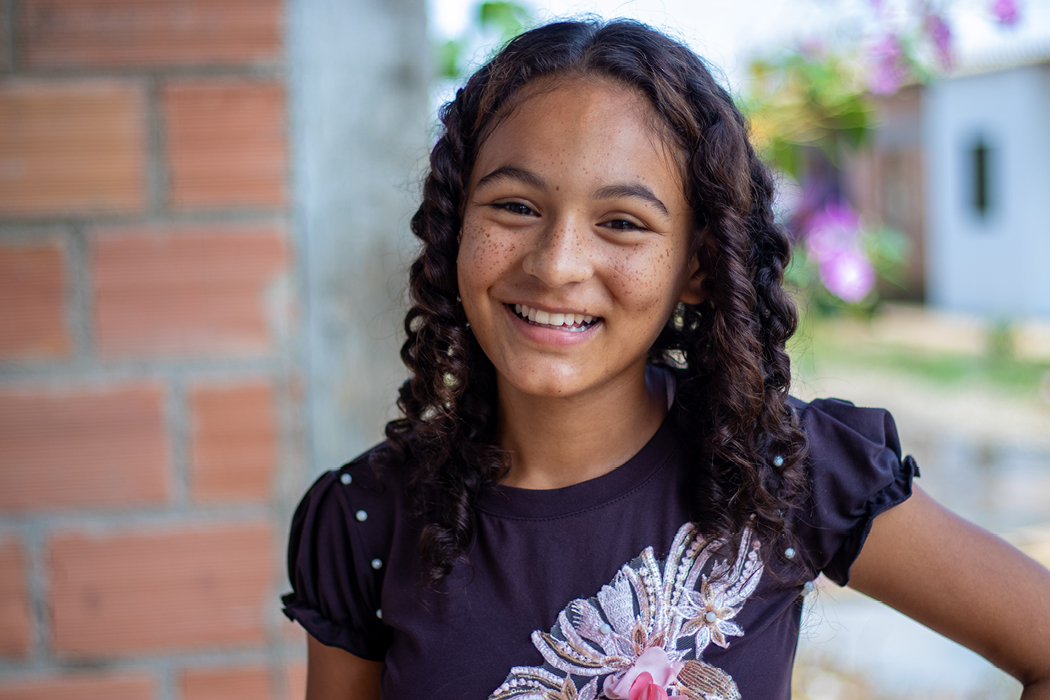 Dayana, a 12-year-old from Colombia, fears walking through her neighbourhood because of high levels of violent crime and inadequate protection.
Dayana, a 12-year-old from Colombia, fears walking through her neighbourhood because of high levels of violent crime and inadequate protection.
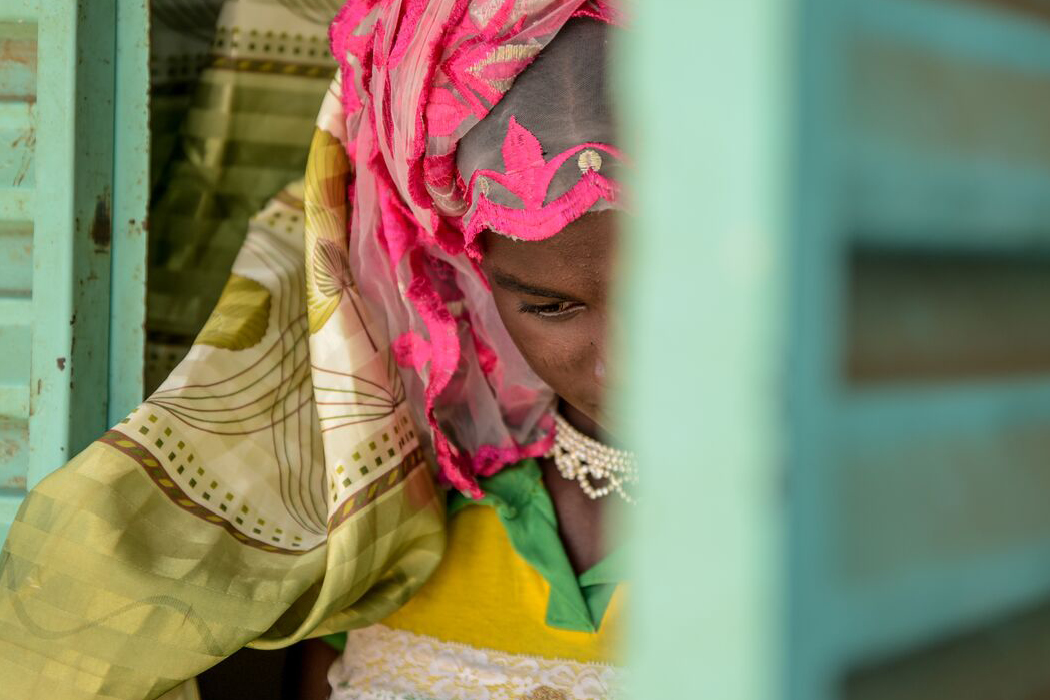 In Burkina Faso, 14-year-old Djamila's father planned to have her married to an older man—a situation that's often the result of cultural or financial pressure.
In Burkina Faso, 14-year-old Djamila's father planned to have her married to an older man—a situation that's often the result of cultural or financial pressure.
These are just a few examples of how poverty can drastically impact a child's life, leaving them vulnerable and without hope that anything can change. Yet hope can be found in Jesus, who has the power to restore, as we'll discover in upcoming blogs.
Words by Andrew Barker.
1 The World Bank (2020). Poverty. https://www.worldbank.org/en/topic/poverty/overview
2 UNICEF (n.d.). Child poverty. https://www.unicef.org/social-policy/child-poverty
3 Corbett, S., Fikkert, B (2012). When Helping Hurts. Moody Publishers. Chicago.
4 Myers, B (2011). Walking with the Poor. Orbis Books. New York.
5 Demment, M., Young, M., Sensenig, R. Providing Micronutrients through Food-Based Solutions: A Key to Human and National Development. The Journal of Nutrition, Volume 133, Issue 11, November 2003, Pages 3879S–3885S, https://doi.org/10.1093/jn/133.11.3879S

